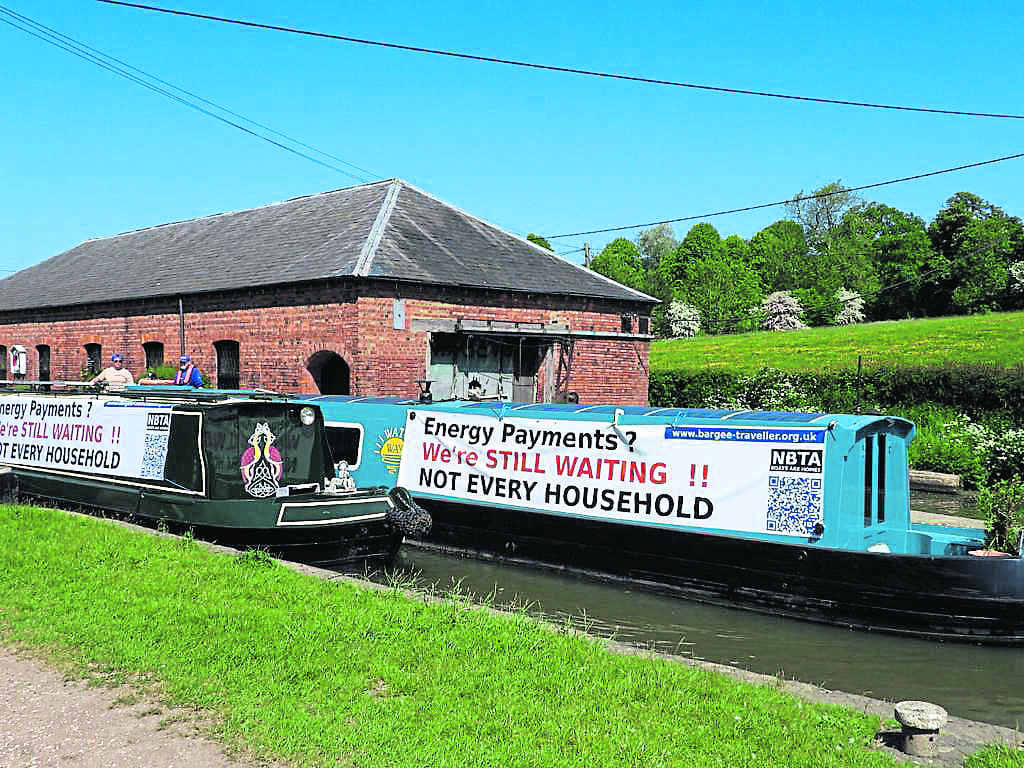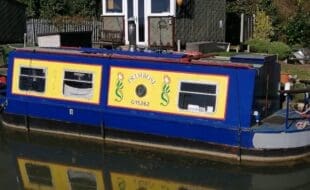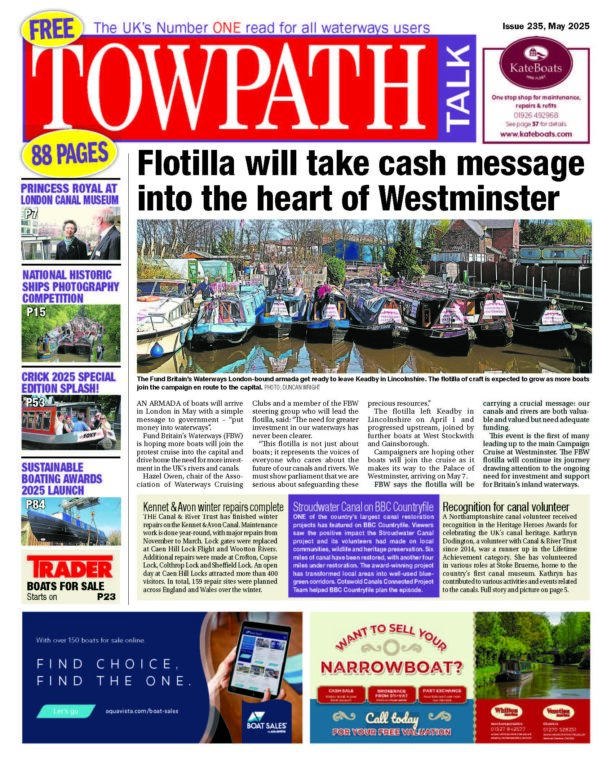The National Bargee Travellers’ Association, which represents thousands of itinerant UK boat dwellers, calls for end to the Canal and River Trust’s current enforcement policy.
THE trust which manages most of the UK’s inland waterways has published the full results of its Boater Census first conducted in 2022, which highlights the issues and challenges faced by itinerant liveaboard boaters.

These include such difficulties as accessing employment, education, healthcare and basic services due to not having a fixed postal address and compliance with the Canal and River Trust’s policy on enforcement of the British Waterways Act 1995.
NBTA response
In response, the National Bargee Travellers’ Association has said the now unstated requirement to travel a minimum range of 20-plus miles in every licence year, and the opaque way that this and other travel requirements are communicated and enforced, is unlawful, and has described the policy as ‘draconian, punitive and opaque’.
The NBTA claims the British Waterways Act 1995 does not set a minimum range or distance to determine compliance and does not specify any particular pattern of travel; it sets a limit of 14 days in any one place and states the boat must always be used ‘bona fide for navigation’.
Chair Pamela Smith said: “The report completely ignores the issues caused by its punitive enforcement policy against boaters without a home mooring. The statistics in the report provide a compelling case for the CRT to revise its enforcement policy with a view to reducing these challenges.
“The inhumane and non-transparent way that CRT enforces the act, and the now hidden internal benchmark of a 20-mile range, goes beyond what the law requires of us.
“The CRT should confine its enforcement activities to ensuring boaters comply with the 14-day limit. This would enable itinerant boat dwellers to better maintain their access to work, education for their children, healthcare and other services. This would benefit the CRT, as easier access to long-term work will improve the financial status of liveaboard boaters and thus reduce licence fee debt to the trust.

“The report is also completely silent about the role of the NBTA in lobbying the government over a long period to provide the Energy Bills Support Scheme to both itinerant liveaboard boaters and boaters with residential home moorings. This included a long meeting in person with the deputy director general in the Department of Business, Energy and Industrial Strategy (as it was then) to discuss how to make the scheme accessible to people with no fixed address, as well as meetings with Government officials that led to boaters with residential home moorings receiving the grant before CRT even began lobbying.”
What the boaters say
To illustrate the association’s position, it spoke to boaters who feel negatively impacted by the CRT’s range requirement. They did not wish to give their names.
“‘C’ is a pensioner who has had regular medical appointments and no transport options apart from their boat and a bus pass,” the case study reads. “They can only get a bus to these appointments from certain places. Multiple six-month licences have been imposed because although they travelled a range of more than 20 miles over the most recent 12-month licence, they overstayed due to illness, and made multiple visits to the places where they catch the bus. C feels aggrieved that they have been treated unfairly, when they had valid reasons for their journeys and when other boaters with similar cruising patterns had their licences renewed. C does not understand why CRT considers them not to have complied with the law.”
Another case study highlighted a nurse who chose to sell their boat and move in with a friend to keep their job, after their licence renewal was restricted to six months because they did not travel further than cycling distance (about seven miles) away from their place of work.Highlighting challenges
The Boater Census is the first that the CRT has conducted. It was compiled in 2022, and in May 2023 a report with a quantitative summary of the results was published. This new report sets out the results of a qualitative analysis of the comments respondents submitted in response to open-text questions.
A CRT spokesperson told Towpath Talk: “The Boater Census highlights the challenges faced by liveaboard boaters, and we need the organisations which provide the services to address the gaps in their provision.
“We must consider everyone on our waterways and manage the finite space fairly. Boaters who want to stay in a specific area pay for a mooring for that benefit. We ask that boaters who decide they do not need a mooring are on a genuine journey, not staying for more than 14 days in one place and not remaining in a small area. Without this guidance, popular areas are likely to be overwhelmed – we are already seeing this in some locations.
“We do a lot of work to support those who are struggling. We currently have more than 800 equality adjustment cases, where we agree changes to cruising patterns, as well as thousands of short-term overstays each year for those who are experiencing medical or mechanical problems. Please, if you are struggling or know a vulnerable boater, get in touch.”
More information
Read the CRT’s report at www.tinyurl.com/CRTcensus and the accompanying issues and challenges report at www.tinyurl.com/CRTcensusissues





